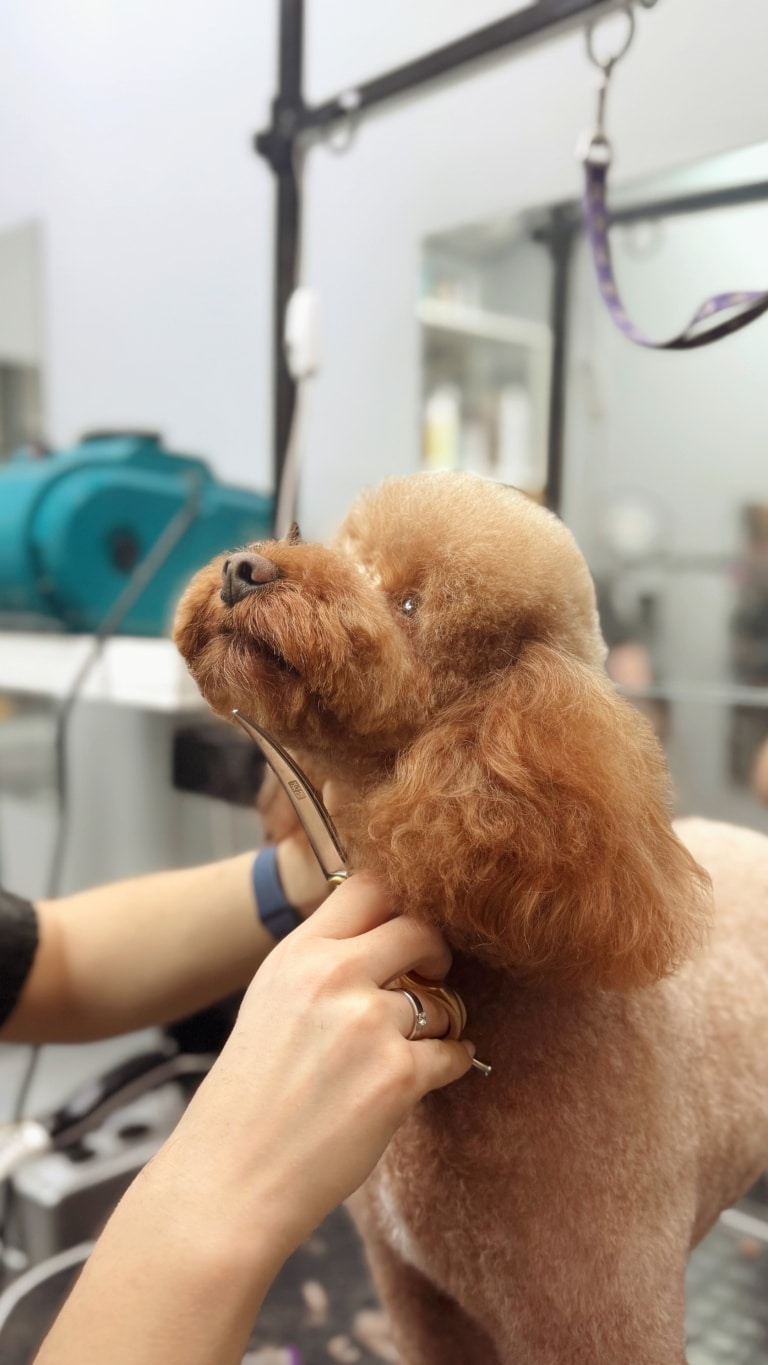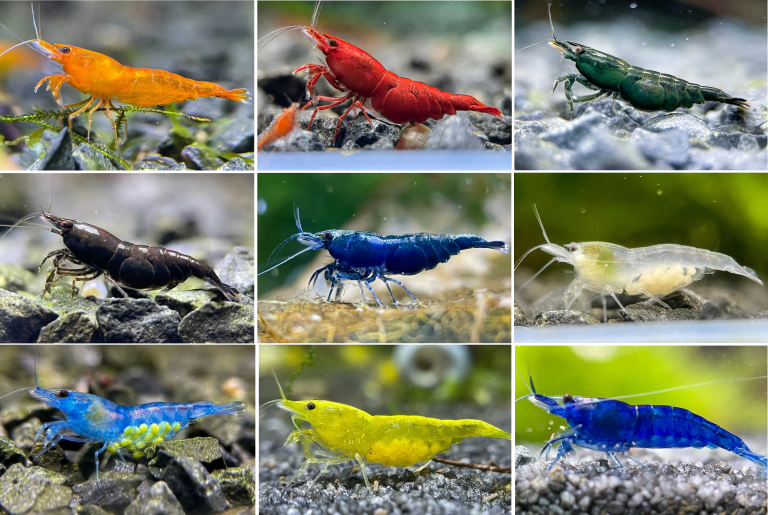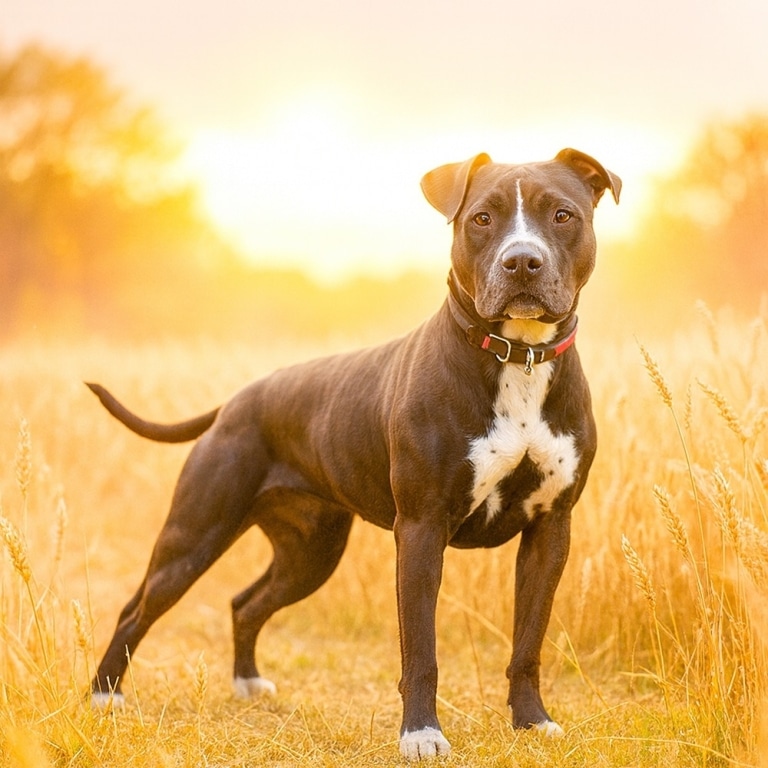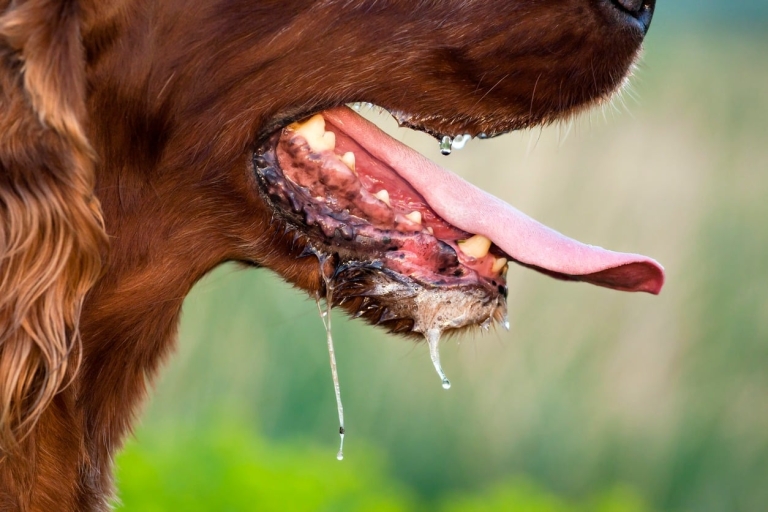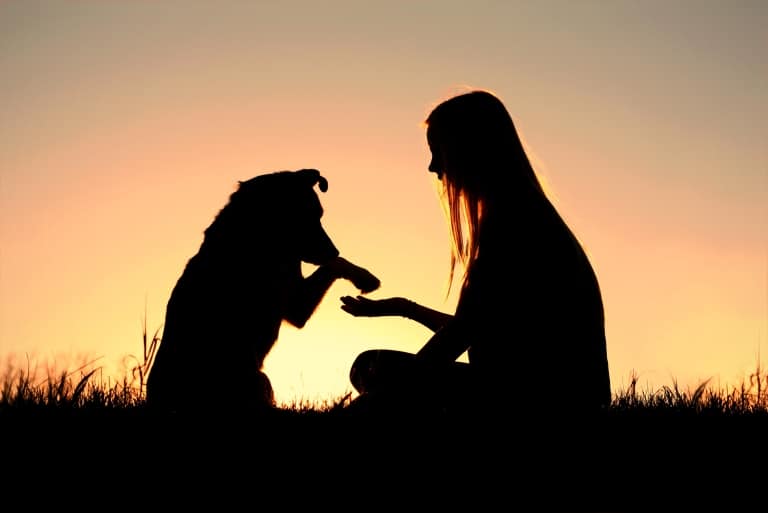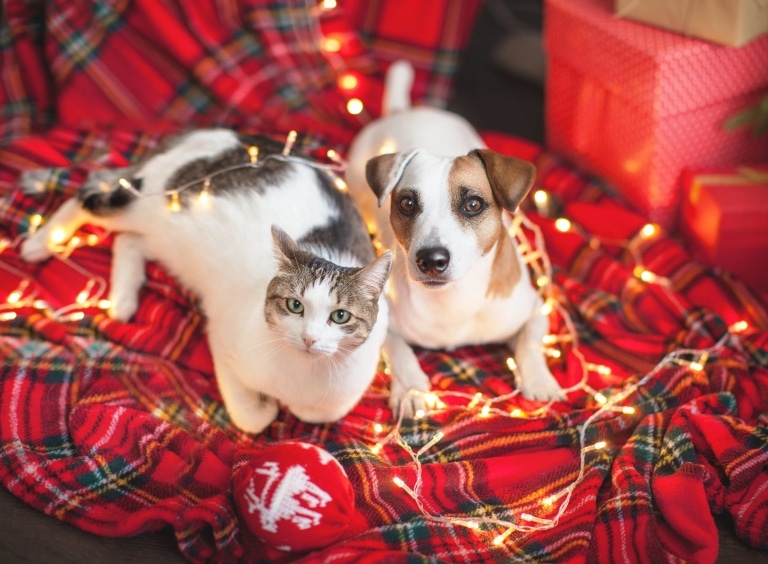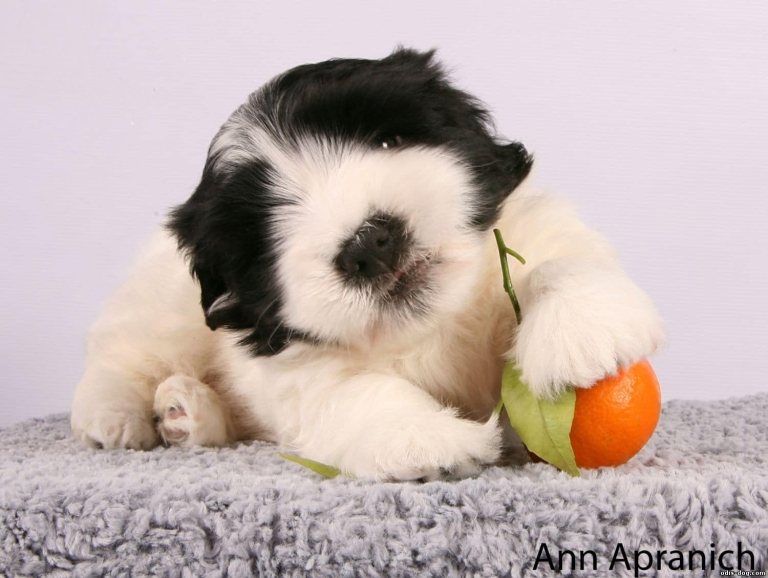Looking well-groomed and neat is essential not only for people, but also for our beloved pets. Their aesthetic appeal and health depend on this. It’s important to get your pet accustomed to grooming properly, so that the visit to the salon is perceived calmly by them. Let’s thoroughly examine how to prepare for the first visit to the groomer and why these procedures are so important.
What is grooming and why is it necessary?
Grooming is not a waste of money, and it’s not just about giving your pet a nice haircut for the owner’s satisfaction. A groomer pays a lot of attention to the care of fur and skin, proper nail trimming, monitors the condition of eyes and ears, and provides recommendations to owners regarding home care for the pet.
There are three types of grooming:
- Pet grooming (salon);
- Breed-specific (professional);
- Hygienic.
Owners of small decorative dogs most often choose cosmetic haircuts to rid their pets of excess undercoat and to give them a haircut that will look good.
If the owner wants to just shorten the pet’s nails, clean their teeth, and cut or comb out matted fur, then hygienic grooming is sufficient.
There are some problems that an owner cannot cope with without a professional. For example, removing a serious mat can only be done with a special tool that won’t harm the pet’s skin. Leaving mats is not an option: the skin suffers under them and parasites can infest them.
When can you start getting your pet accustomed to grooming?
Professional groomers have their own tricks for handling pets. A good master knows how to calm a nervous pet and make the procedure safe. However, getting your pet accustomed to grooming and socializing them is the owner’s task, not the groomer’s.
You should introduce the little one to cosmetic procedures from the first days after moving to a new home. At first, such procedures may be symbolic: you don’t need to meticulously comb your pet’s fur or try to trim their already tiny nails. Just gently touch the fur with a comb, and the paws with a nail clipper, so that the little one gradually gets used to it and understands: there’s no threat. Getting used to the tools, your pet won’t be scared of their sight in the salon. It’s also important for your pet not to fidget during the procedures, but to stand quietly and patiently wait until all the manipulations are over. If you don’t teach your little one self-control in time, there will be problems with this in adulthood.
Groomers recommend bringing pets to them from the age of 3-4 months. Don’t delay with this matter, because grooming is a kind of the first steps towards socializing your pet. The sooner they are brought to the salon for a hygienic complex, the better for everyone. The little one will get used to the new environment and procedures much faster than an adult. In the future, visits to the groomer will be perceived by the pet adequately, calmly and, most likely, with pleasure.
Don’t forget to bring some treats to cheer up your pet after meeting the groomer.
Here’s what you need to know about the first grooming procedure:
It’s often better to bring puppies to the grooming salon along with their mother. This will help soothe the puppies and also provide an opportunity for the mother to have grooming procedures done.
For young visitors, it’s necessary to use only baby cosmetics as they are milder and won’t provoke allergies. Starting from 1 year old, you can transition to adult cosmetics.
The first visit should leave a positive impression on your pet. If something disturbs or scares your pet, it will be difficult to bring them back to the salon next time. Before starting work, the groomer should spend some time communicating with the animal, gain its trust, so it calms down and doesn’t perceive the new person as a stranger. The future grooming procedures will largely depend on this first visit. Therefore, it’s important to choose a professional groomer with work experience.
Before the visit, ensure comfortable transportation for your pet: get a carrier and place a disposable diaper at the bottom. Don’t forget to bring their favorite treats: with treats, they won’t be so scared.
Here are a few tips for those who decided to visit the grooming salon:
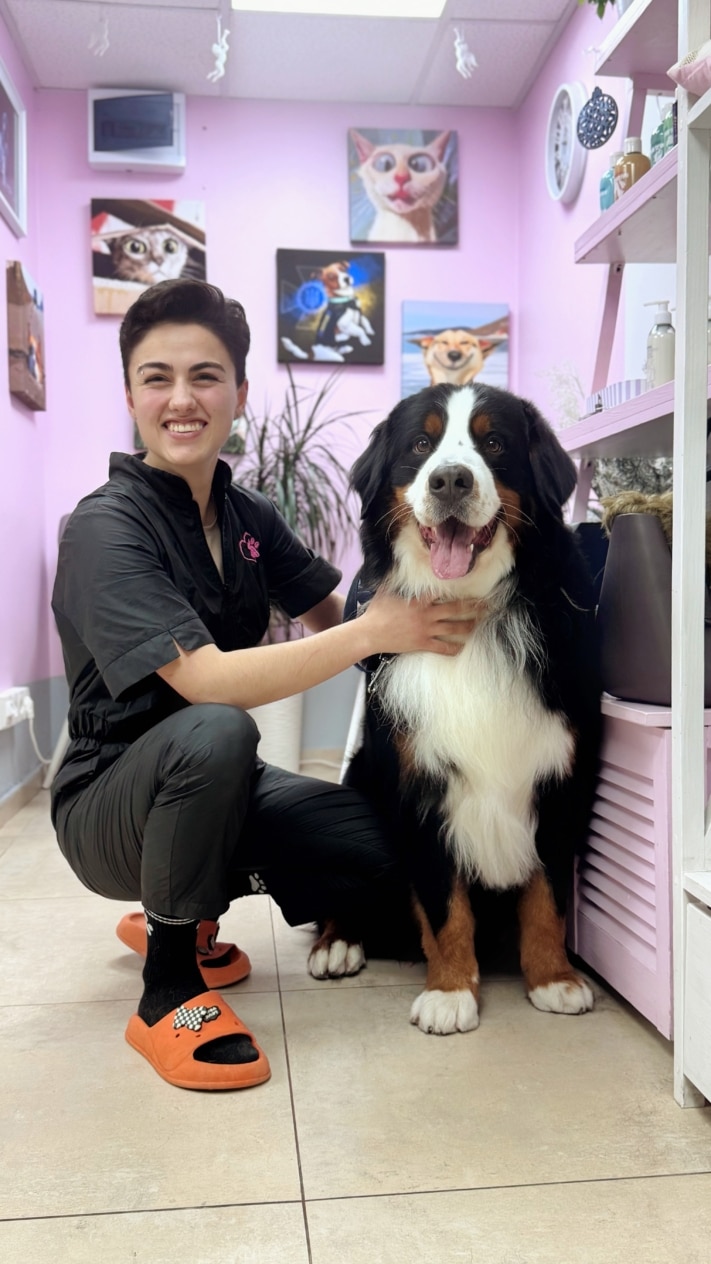
Follow our recommendations to make not only the first, but also subsequent visits to the groomer successful and without unpleasant surprises:
Do not bathe the animal before grooming. You may do it incorrectly and significantly complicate the task for the groomer. It’s better to brush your pet’s fur the day before. That’s all.
Do not feed your pet 2-3 hours before grooming. If you have an appointment in the morning – don’t give them breakfast. If during the day or in the evening – feed them in advance so they have time to digest the food and go to the toilet. If this condition is not met, your pet might want to go to the bathroom during the procedure, they may become anxious, show activity or aggression. They might not be able to hold it in and relieve themselves right where they are being groomed or bathed.
Dog grooming should only take place after a walk. Most procedures take at least 1.5-2 hours. During this entire time, your pet should be calm and even a little tired, so as not to disturb the groomer’s work.
Tell the groomer about all your pet’s peculiarities. The groomer will thoroughly inspect the skin for dandruff, damage, the presence of parasites, etc. before the procedures. However, they won’t know about allergies, diseases, and behavioral problems. If your pet has allergic reactions to cosmetic products – definitely inform them about it right away. Do not withhold information about any negative experiences from visiting other grooming salons, or excessive distrust or aggressiveness of your pet. The professional will definitely take all of this into account and find an approach to your pet.
Ask the groomer all necessary questions regarding animal care. For each breed and individual pet, the care is individual. An experienced professional will tell you about all the peculiarities and give sound advice on how to maintain the appearance and health of your pet at home.

